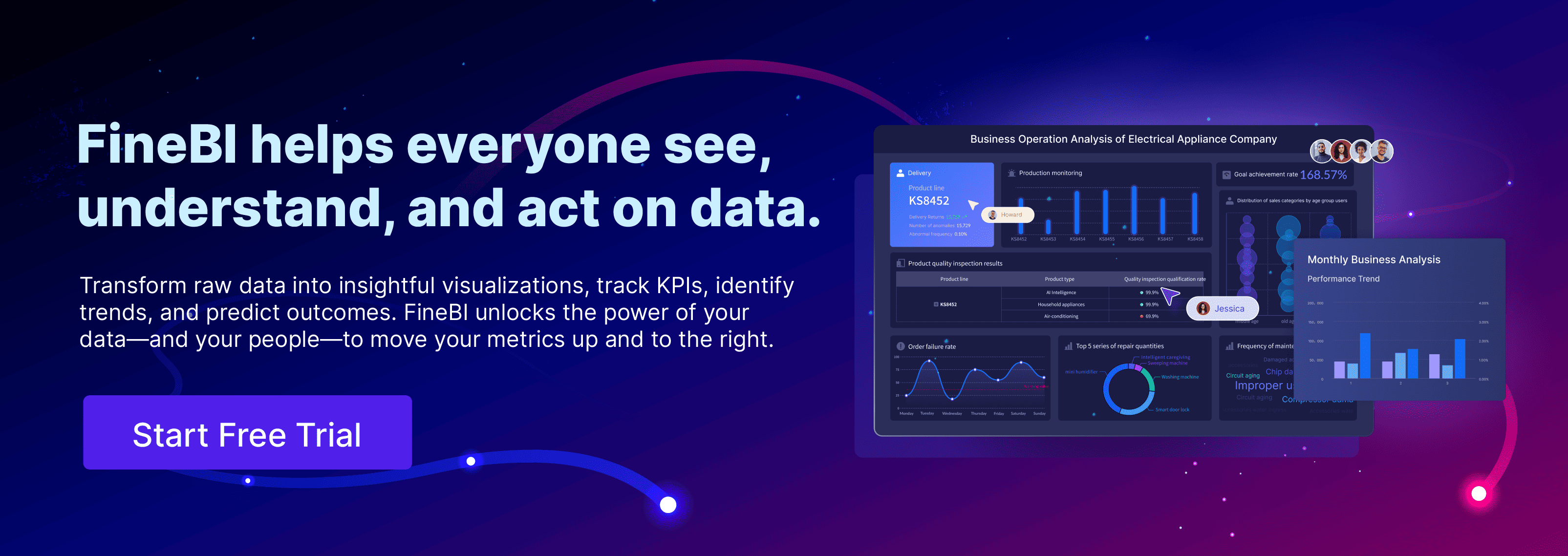Enterprise data is the information your company gathers and uses. It helps your business work every day. In the last ten years, there has been a big increase in how much enterprise data there is. This data is now more important than ever before.
- More data brings new chances and new problems for your company.
- Good management of enterprise data can give your company the most value.
Many businesses have trouble with data silos and do not have a clear plan. If you manage enterprise data well, you make better choices, work faster, and come up with new ideas. Tools like FanRuan and FineBI help you use all your data in the best way.
All the enterprise data dashboards in this article are built with FineBI, a self-service BI tool that empowers everyone to use business intelligence and unlock AI-powered data insights.Click the button below to try FineBI for free!
Enterprise Data Explained
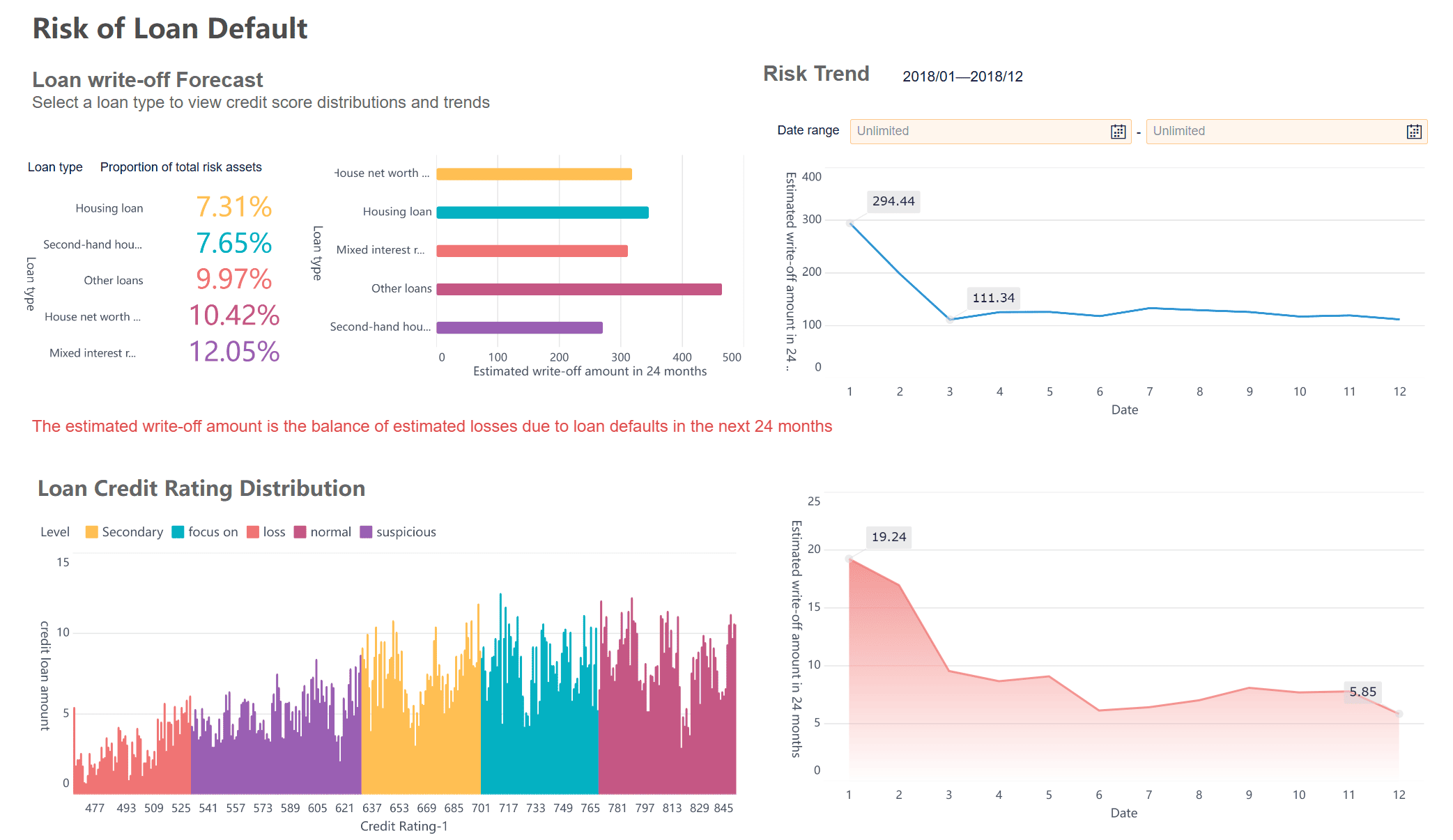
What is Enterprise Data
When you work at a company, you see information everywhere. This information is called enterprise data. It has facts, numbers, and records your business uses every day. Enterprise data helps you run your business. It lets you track sales, manage workers, and learn about customers. You can find this data in many places. It might be in databases, spreadsheets, emails, or social media posts.
Enterprise data is special because it is organized in a certain way. You set it up so it makes sense for your business. You use rules and models to keep it clear and helpful. This data is about important things, like customers, products, and transactions. You do not repeat the same information in different places. This makes your data more trustworthy and easier to handle. When you use enterprise data well, you make better choices and keep your business working well.
Big companies have many types of enterprise data. Here is a table that shows the most common types:
| Type of Data | Description |
|---|---|
| Master Data | Key information shared across the enterprise, critical for business processes. |
| Transactional Data | Data generated from transactional processes, essential for operational applications. |
| Reference Data | Stable information that categorizes data and follows data standards. |
| Freeform Data | Unstructured data that is not organized in a predefined manner, includes text, emails, and social media posts. |
Tip: If you know the types of enterprise data, you can organize your information better and use it to fix business problems.
Key Characteristics of Enterprise Data
Enterprise data has features that make it different from other data. You plan how to build it. You make sure it fits your business needs. You use it for daily work and long-term goals. Here are some key characteristics:
- Structured and Integrated: You put enterprise data into clear groups. You link different pieces so they work together. This helps you avoid mistakes and confusion.
- Governed and Reliable: You make rules for using and protecting your data. Only the right people can see or change it. This keeps your data safe and correct.
- Subject-Oriented: You sort your data by topics, like sales or customers. This makes it easier to find what you need.
- Unified and Non-Redundant: You keep just one copy of each piece of information. You do not store the same data in many places. This saves space and stops errors.
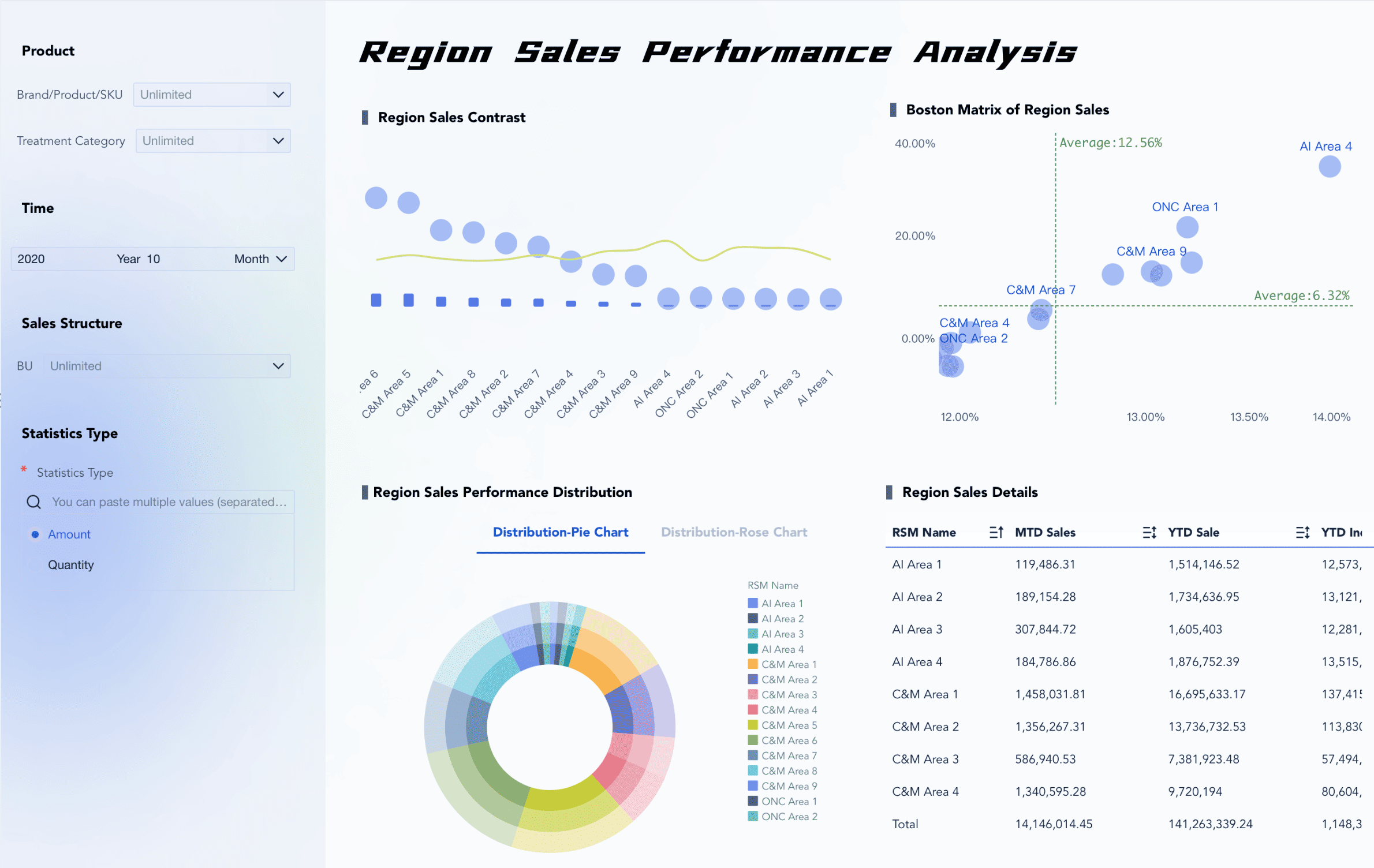
Modern enterprise data has three main qualities:
- Volume: You get a lot of data every day. Social media, websites, and business systems make new data all the time.
- Velocity: Data comes in very fast. You see millions of messages and updates every day. You need to handle this data quickly to keep up.
- Variety: You work with many types of data. Some is structured, like numbers in a spreadsheet. Some is unstructured, like emails or videos. You need tools that can use all these types.
If you understand these features, you can manage enterprise data better. You can use tools like FineBI to connect, clean, and study your data. This helps you turn information into ideas that help your business grow.
Why Enterprise Data Matters
Impact on Decision-Making
At work, you make choices all the time. The information you use affects your choices. Enterprise data gives you facts and numbers. It shows patterns in your business. When you use enterprise data, you do not guess. You use real information to decide.
Big companies use enterprise data to make better choices.
- Google, Starbucks, and Amazon use data analytics. They make smart and quick decisions.
- Data-driven choices help you know what might happen next. You can plan ahead and avoid mistakes.
- AI-driven forecasting helps supply chains work better. It lowers errors and saves money.
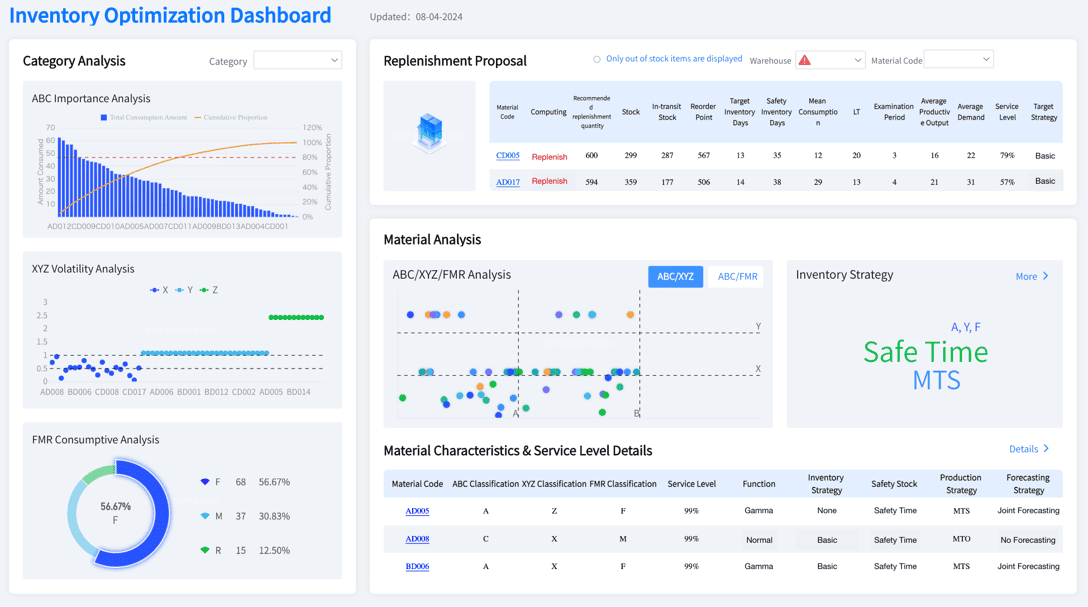
A survey by PwC showed something important. Companies using enterprise data make better decisions three times more often. You can see trends and spot problems early. You can act before issues get worse. Enterprise data helps you plan instead of just react.
Building a data culture is helpful. You ask everyone to use facts for their choices. People trust numbers and share ideas. This leads to smarter choices and better results.
Tip: Using enterprise data makes your business stronger. You are ready for changes when they come.
Business Value of Enterprise Data
Enterprise data helps your organization in many ways. You can grow revenue, save money, and make customers happier. When you know your data, you find new chances and fix problems faster.
| Business Outcome | Description |
|---|---|
| Revenue Growth | Find new chances with predictive modeling. Set prices with demand forecasting. |
| Cost Reduction | Use predictive maintenance to cut downtime. Automate tasks to save time and money. |
| Customer Experience | Predict and stop customer churn. Personalize services to make people happy. |
| Risk Mitigation | Spot fraud early. Predict supply chain problems before they happen. |
You can study how customers act and see seasonal trends. You can guess demand weeks or months ahead. This helps you plan inventory and set prices. You can launch new products at the best time.
Many groups use enterprise data for big decisions. Data analytics helps your plans and daily work. You can see patterns and guess future trends. You make choices based on facts. This stops information overload and helps your business grow.
A national retailer improved their data and saw their business clearly. They planned better and got money for new projects. A big American bank saved almost $40 million with good data rules. Northumbrian Water Group finished a project faster and saved over £8 million with special data solutions.
Using enterprise data well brings more value. Your work gets easier, customers are happier, and risks go down. You build a strong base for smart choices and future success.
Note: Enterprise data is more than numbers. It helps you find value everywhere and make choices that help you grow.
Enterprise Data Strategy
Building a Data Strategy
You need a clear plan for enterprise data to help your company win. This plan shows how you collect, store, and use enterprise data. It links your business goals to your data work. When you make a data strategy, you set rules for using data. You make sure everyone knows what they should do. You also keep your data safe and correct.
Here is a table that lists the main parts of a good enterprise data strategy:
| Component | Description |
|---|---|
| Data Governance | Gives people jobs for data tasks and keeps data quality high. |
| Data Integration | Puts data from many places together so it is easy to find. |
| Master Data Management | Keeps your data fresh and correct so you can make better choices. |
| Data Quality | Makes sure your data is good for studying and learning. |
| Data Security | Keeps your data safe and follows safety rules. |
You should have clear business goals and match your data plan to these goals. Good data setup helps your data move easily. You need to check your data often to keep it correct. You also need a way to get feedback. This helps you change your plan when your business changes. When you measure your data work, you see how it helps your company grow. This shows why your data spending is worth it.
Tip: Data management gets more important as your company gets more information. Use data management tools to make your data better and build a strong data culture.
Role of FanRuan in Enterprise Data
FanRuan helps you make and use your enterprise data plan. FineBI, a tool from FanRuan, lets you connect to over 60 data sources. You can use self-service analytics and real-time data joining. FineBI lets you make dashboards by dragging and dropping. You can share what you learn with your team and talk about reports.
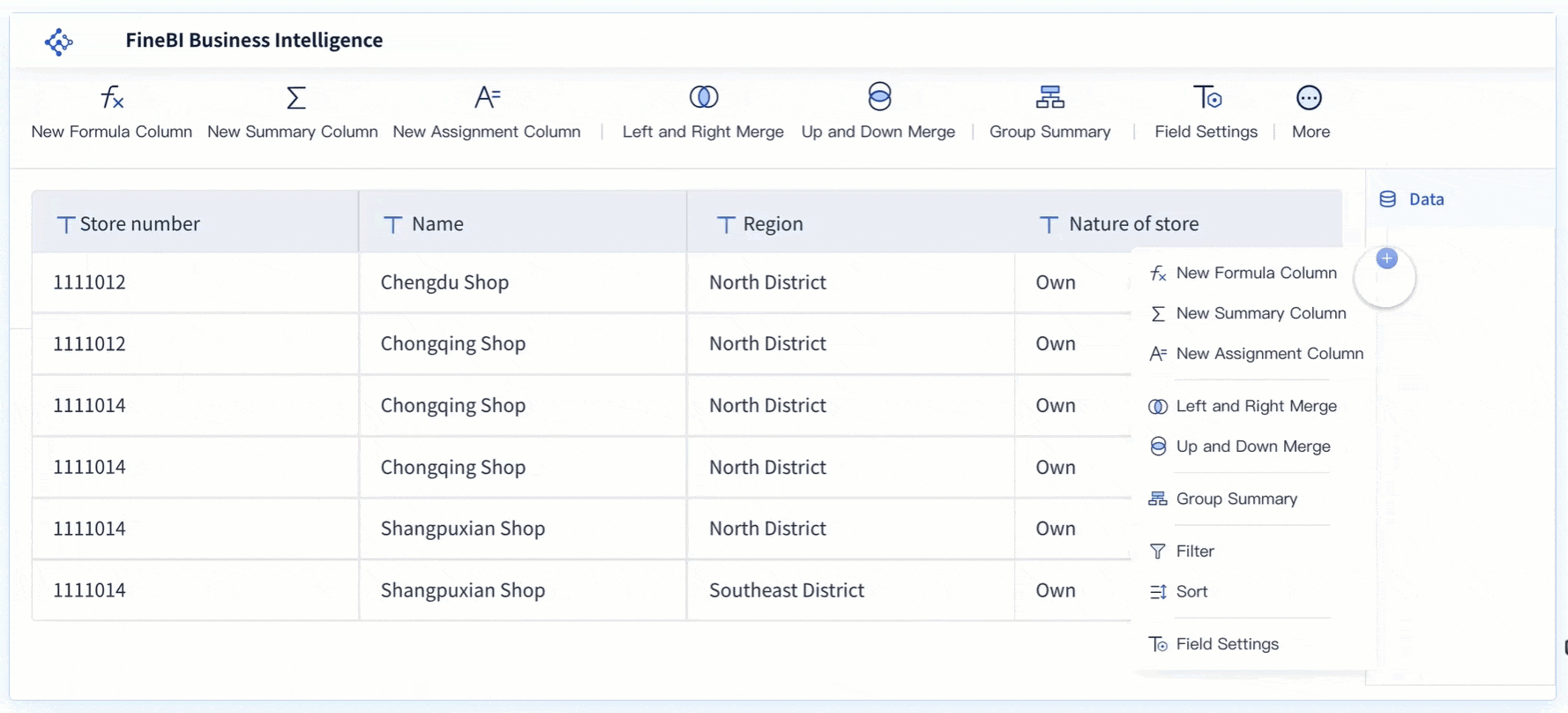
Here is a table that shows how FanRuan helps your enterprise data plan:
| Feature | Benefit |
|---|---|
| Comprehensive Data Analytics | Helps you join, see, and get real-time ideas from enterprise data. |
| Actionable Business Insights | Changes raw data into helpful ideas for better choices and work. |
| Simplified Data Workflows | Makes data jobs easier and gives IT more free time. |
| Enhanced Visualization | Gives you many chart types to show data clearly. |
| Community & Learning Resources | Offers forums and training to help you learn about data management. |
FineBI is made for self-service analytics. You can study and see enterprise data without needing IT help. You also get strong data rules and role-based access. FanRuan and FineBI help you build a strong data culture and support your enterprise data plan.
Enterprise Data Management

Data Governance
You need strong data governance to handle enterprise data well. Data governance sets rules for using, protecting, and sharing information. These rules help keep enterprise data safe and trustworthy. Good data governance lets only the right people see or change important data. You also follow laws and company rules.
Here is a table that lists the main ideas of data governance:
| Principle | Description |
|---|---|
| Data Quality | Makes sure information is correct, steady, and trustworthy for good choices. |
| Data Security | Keeps private information safe from people who should not see it. |
| Compliance | Matches how you handle data with rules to lower risks. |
| Data Stewardship | Gives people jobs to manage data and makes them responsible. |
You can check how well your data governance works by watching key performance indicators (KPIs). These KPIs include data accuracy, completeness, consistency, timeliness, and uniqueness. When you watch these KPIs, you find problems early and make enterprise data management better.
Tip: Good data governance helps people trust your data and builds a strong data culture in your company.
Integration with FineBI
You may have problems when you try to bring together enterprise data from many places. Data can be in different departments, stored in many formats, or stuck in silos. FineBI helps you fix these problems. You can connect to big data platforms, SQL databases, Excel files, and more. FineBI also works with multi-dimensional and program datasets.
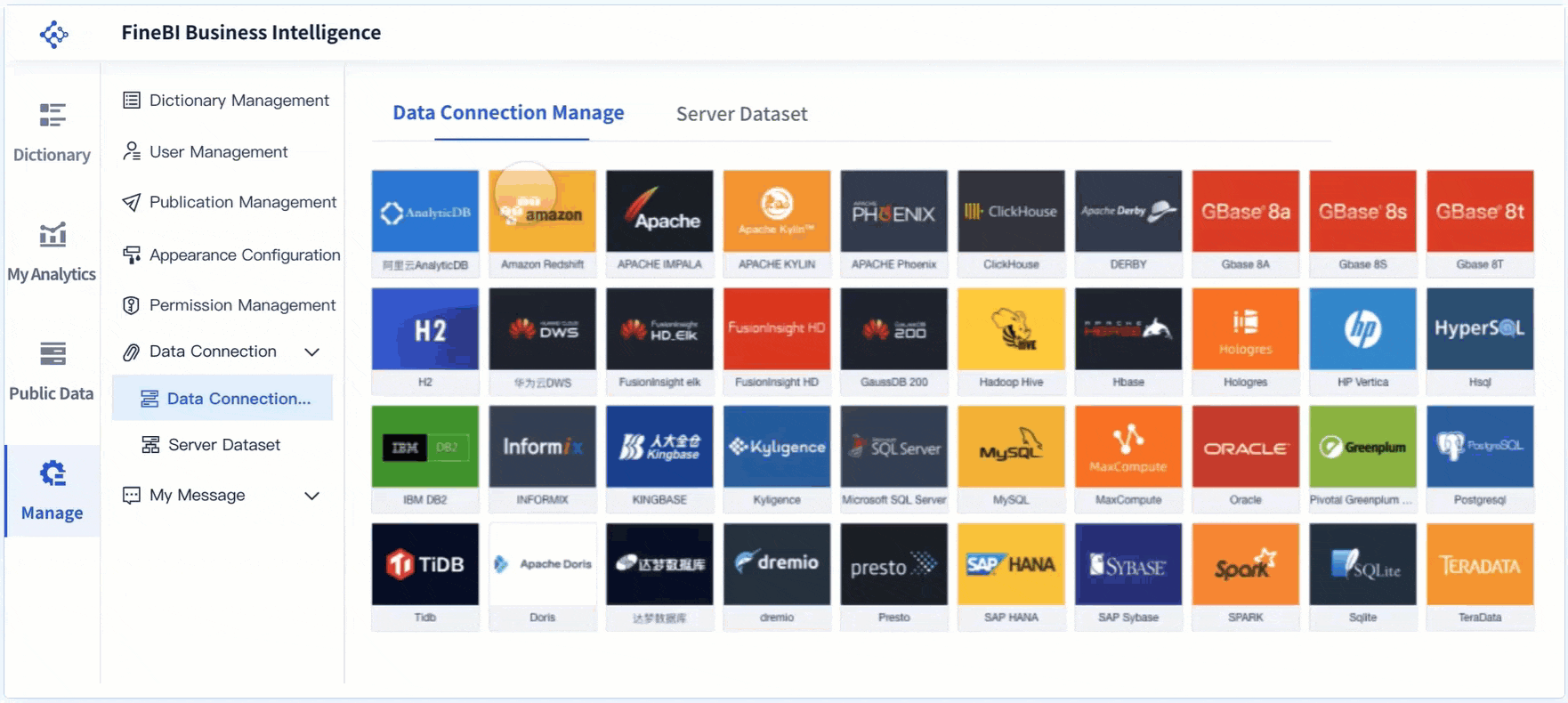
| Data Source Type | Description |
|---|---|
| Big Data Platforms | FineBI connects with over 30 big data platforms. |
| SQL Data Sources | It lets you use many kinds of SQL data sources. |
| Excel File Datasets | You can work with datasets from Excel files. |
| Multi-dimensional Databases | FineReport Designer lets you use multi-dimensional databases. |
| Program Datasets | You can connect to program datasets for more ways to use data. |
FineBI uses FineDataLink to make connecting data easier. You can break down data silos and handle data through its whole life. This saves time and makes IT work less hard. FineBI also helps you grow your enterprise data management as your business gets bigger.
Data Quality & Security
You must keep enterprise data correct and safe. Bad data quality can cost your company a lot of money each year. Data breaches can make people lose trust and cost a lot. You need strong data quality management and security steps.
| Best Practice | Description |
|---|---|
| Leadership Roles | Give a CTO or CDO the job to watch over data management. |
| Employee Education | Teach workers about data management and governance rules. |
| Data Protection | Use ways to keep company data safe from attacks or leaks. |
| Data Access | Make sure only the right workers can get to important data. |
| Eliminate Silos | Get rid of data silos to help data move better. |
| Data Quality Tools | Use tools and ways to keep data quality high and reliable. |
A strong data quality governance plan helps you work better. Data stewards make sure rules are followed and keep enterprise data safe. Regular checks help you find and fix problems. Making a safe place with privacy rules keeps clients’ trust high.
Your management steps must show that your networks are safe and that your workers know how important data privacy is.
Overcoming Challenges of Enterprise Data
Common Obstacles
You face many problems when you manage enterprise data. Sometimes, each department keeps its own data. This creates data silos. It can be hard to find the information you need. Data silos slow down choices and make teamwork tough. Security is also a big worry. You must keep private information safe from people who should not see it. Without strong data governance, you might lose control of your data. Old technology can make managing enterprise data harder. You need systems that can grow with your business.
Here is a table that lists the most common problems:
| Challenge | Description |
|---|---|
| Data Silos | Different departments store data separately, leading to inefficiencies and slow decision-making. |
| Data Security | Increasing concerns about data breaches and unauthorized access to sensitive information. |
| Scalability | Traditional approaches may not meet the demands of growing data volumes and evolving technologies. |
| Lack of Data Governance | Absence of accountability and standards complicates data management. |
| Resistance to Change | Human factors can hinder the adoption of new data management strategies. |
| Technological Obsolescence | Failure to adapt to technological advancements can impact data management systems. |
| Continuous Monitoring | Ongoing assessment is crucial for optimizing data management practices. |
| Shortage of Skilled Professionals | A lack of qualified data professionals leads to inefficiencies in adopting advanced data strategies. |
Data silos cause many issues. You may have trouble getting or seeing data. Teams might not trust their data. Mistakes and errors can build up over time. Costs go up when teams do the same work twice. It gets harder to follow rules, and working together is not easy.
Tip: If you break down data silos and use better data governance, you can build a stronger data culture.
Best Practices of Enterprise Data
You can solve enterprise data problems by using good habits. Treat data like something valuable. Ask everyone to use data to make choices. Use role-based access control to keep data safe but easy to get. Always give people only the data they need.
Work on keeping your data high quality. Teach your team why data quality matters. Try to stop repeating data and remove silos. Make sure your database matches your business goals. Organize data so it is easy to find and ask for feedback to help users.
Here are some steps you can follow:
- Encourage everyone to use data for choices.
- Give access based on what each person does.
- Encrypt data when it is stored and hide private details.
- Lock devices that hold private data.
- Delete data that is not needed anymore.
- Train your team often and use automation to help with security.
FanRuan and FineBI help you use these good habits. FineBI helps you manage enterprise data by bringing data from many places together. You can use its tools to check data quality, set up data governance, and control who can see data. FineBI also helps you organize and share data, so teamwork is easier.
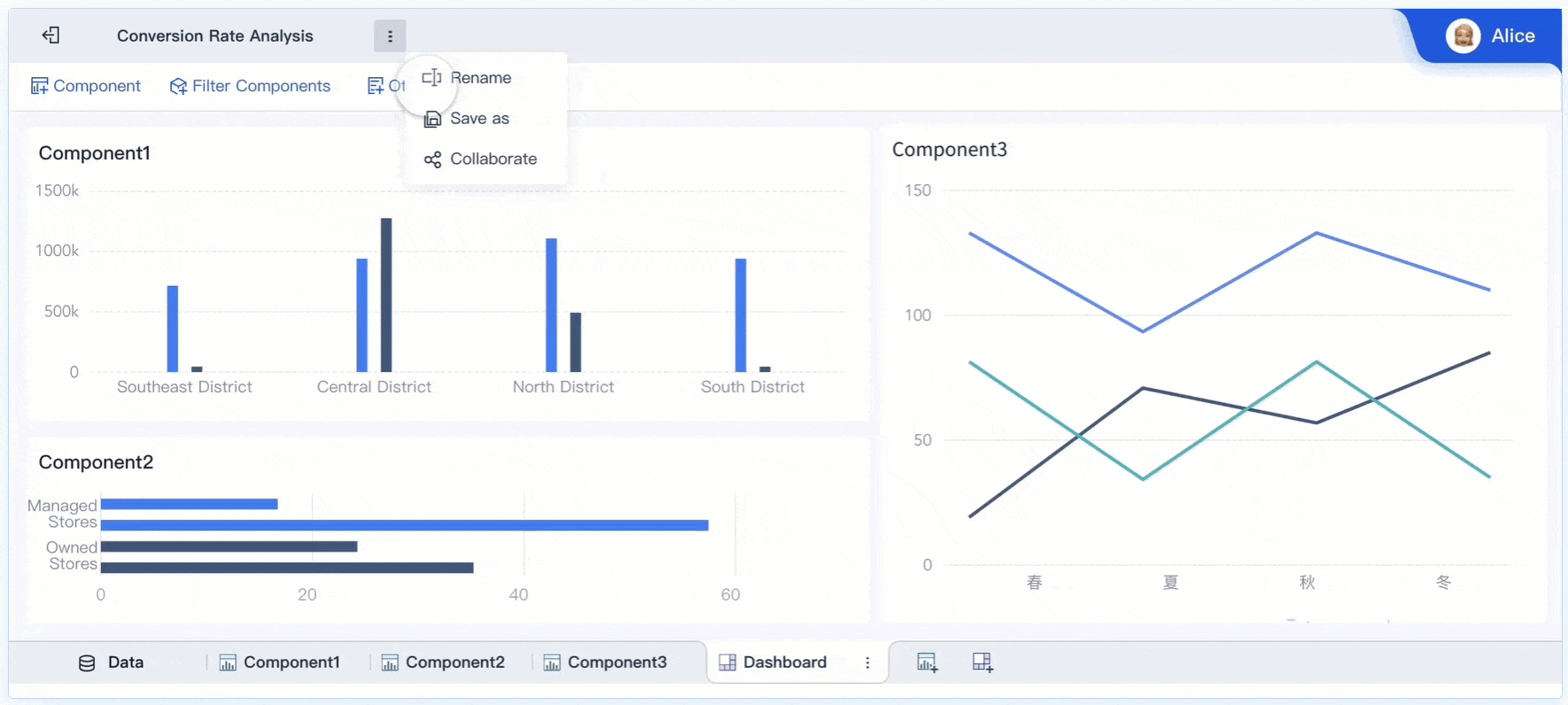
Note: When you use strong enterprise data management habits, you make your data better, keep it safer, and help your business grow.
You can get more from enterprise data with a good plan and the right tools. Companies that care about data quality, security, and integration save money and work better. They also make smarter choices.
| Benefit | Value Created |
|---|---|
| Cost savings | Lower storage and operations |
| Data quality | Reliable decisions |
| Efficiency | Streamlined processes |
| Security | Trust and compliance |
| ROI | 348% over three years |
To get more value, follow these steps:
- Make clear rules for data governance.
- Check and fix data quality often.
- Use FanRuan and FineBI to help you.
- Watch your progress and keep getting better.
- Build a data-driven culture for long-term success.
If you treat data as important, you help your business grow and keep its value.
Continue Reading About Enterprise Data
Enterprise Data Integration: A Comprehensive Guide
Understanding Enterprise Data Centers in 2025
10 Best Enterprise ETL Tools for Data Integration
FAQ

The Author
Lewis
Senior Data Analyst at FanRuan
Related Articles
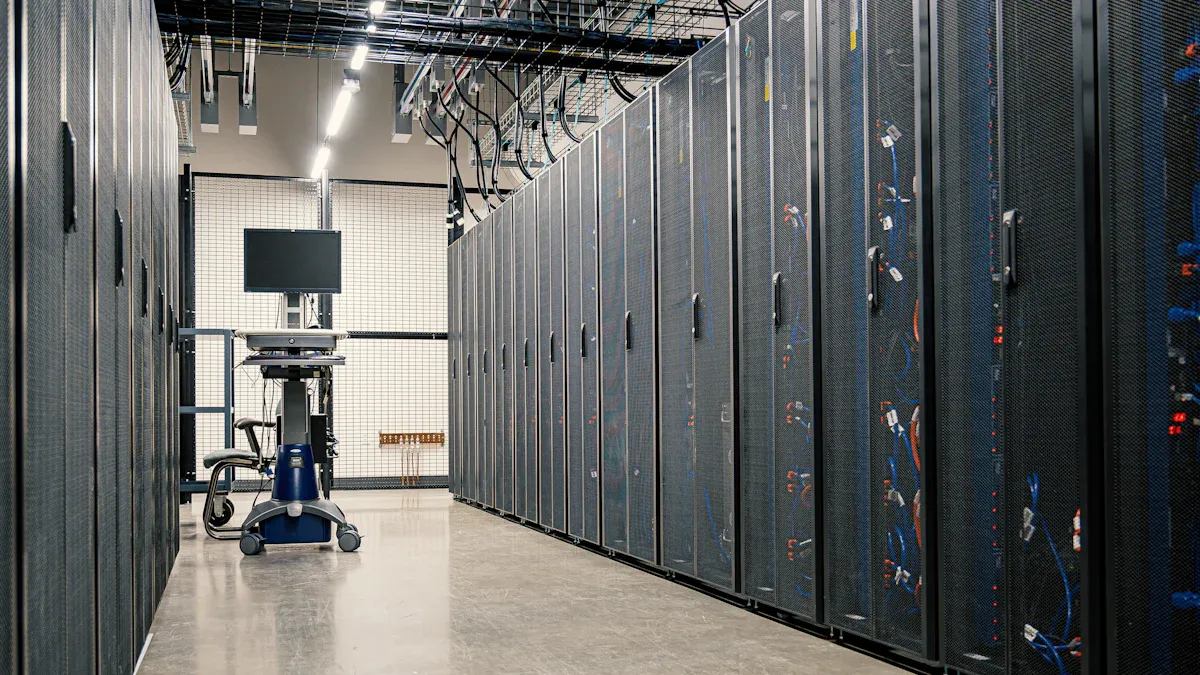
7 Essential Big Data Best Practices to Succeed in 2025
Apply these 7 big data best practices for 2025 to boost data quality, security, and scalability, ensuring your organization stays competitive and compliant.
Howard
Nov 17, 2025

Understanding Enterprise Data Centers in 2025
An enterprise data center is a facility owned by one company to store, process, and secure its business data and IT systems.
Howard
Sep 30, 2025
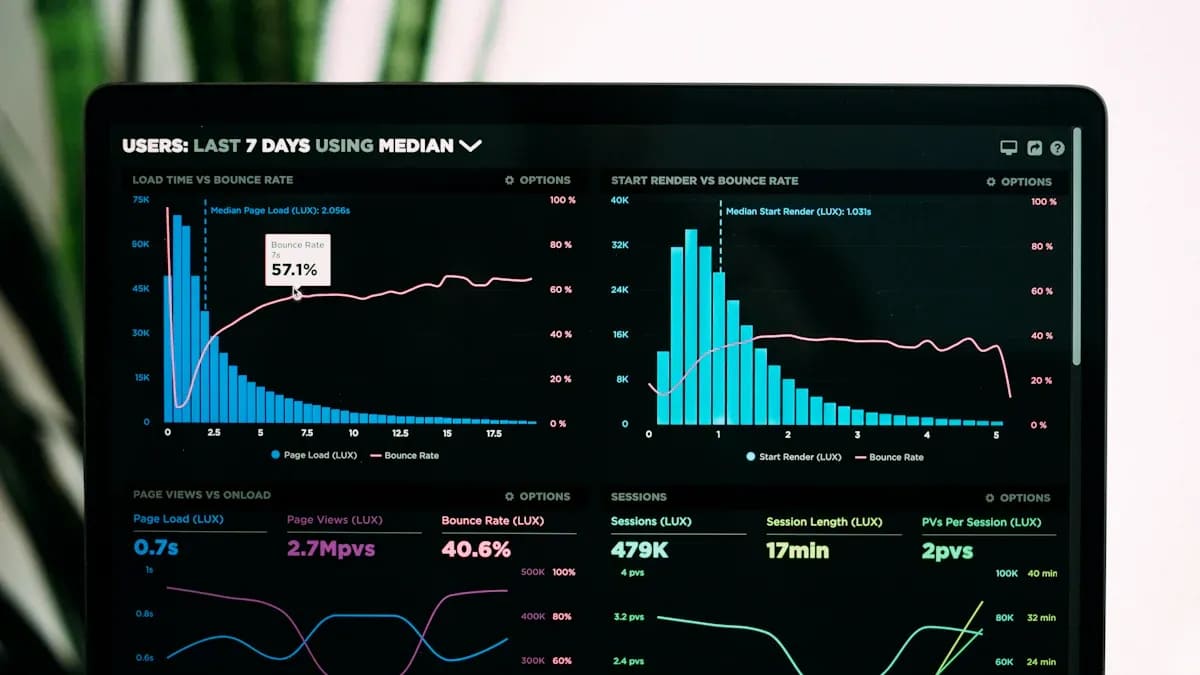
What Is a Data Logger and How Does It Work in 2025
A data logger is a compact device that records data like temperature and humidity. In 2025, it integrates AI and IoT for real-time monitoring and efficiency.
Howard
May 06, 2025
